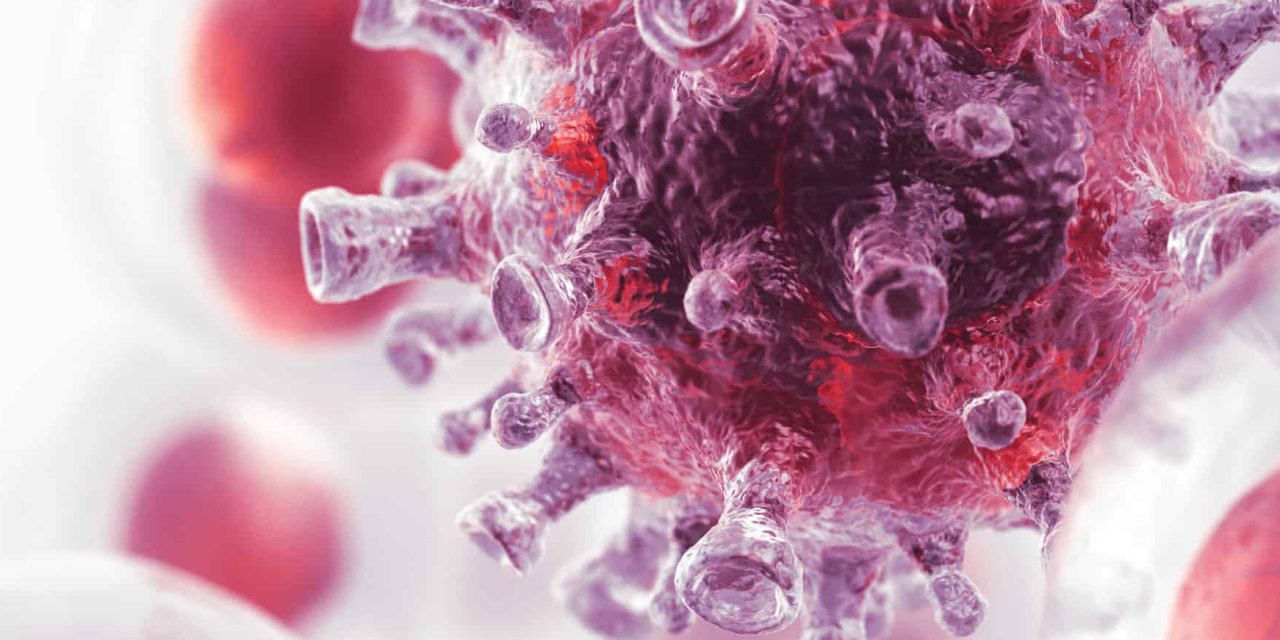
The new Lifelens app runs on Windows Phone 7 software and uses high resolution imaging sensor that requires a micro ball lens attachment. The technology works by taking a small blood smear stained with a special chemical that turns the malaria parasite purple. The user then takes a picture using the cell phone with the special lens attachment that provides 350x zoom. An automated computer vision analysis is able to detect any parasites present in the blood – and determine the density and progression of the infection.
Imagine Cup 2011 SDI – Lifelens
According to the WHO’s 2010 World Malaria Report, there are over 225 million cases of malaria each year, 781,000 of which are fatal. About 29,000 children under the age of 5 die every day, mainly from preventable causes. This equates to nearly 21 deaths per minute.
Approximately $1 billion a year is spent treating malaria, the majority of which is wasted on misdiagnoses and the cost of treatment. The cost of conventional rapid diagnostic tests is $3.40 per patient. Using Lifelens, the estimated cost is $0.56 per patient—a savings which the creators hope will expand the mission of cheap, available malaria diagnostics.


